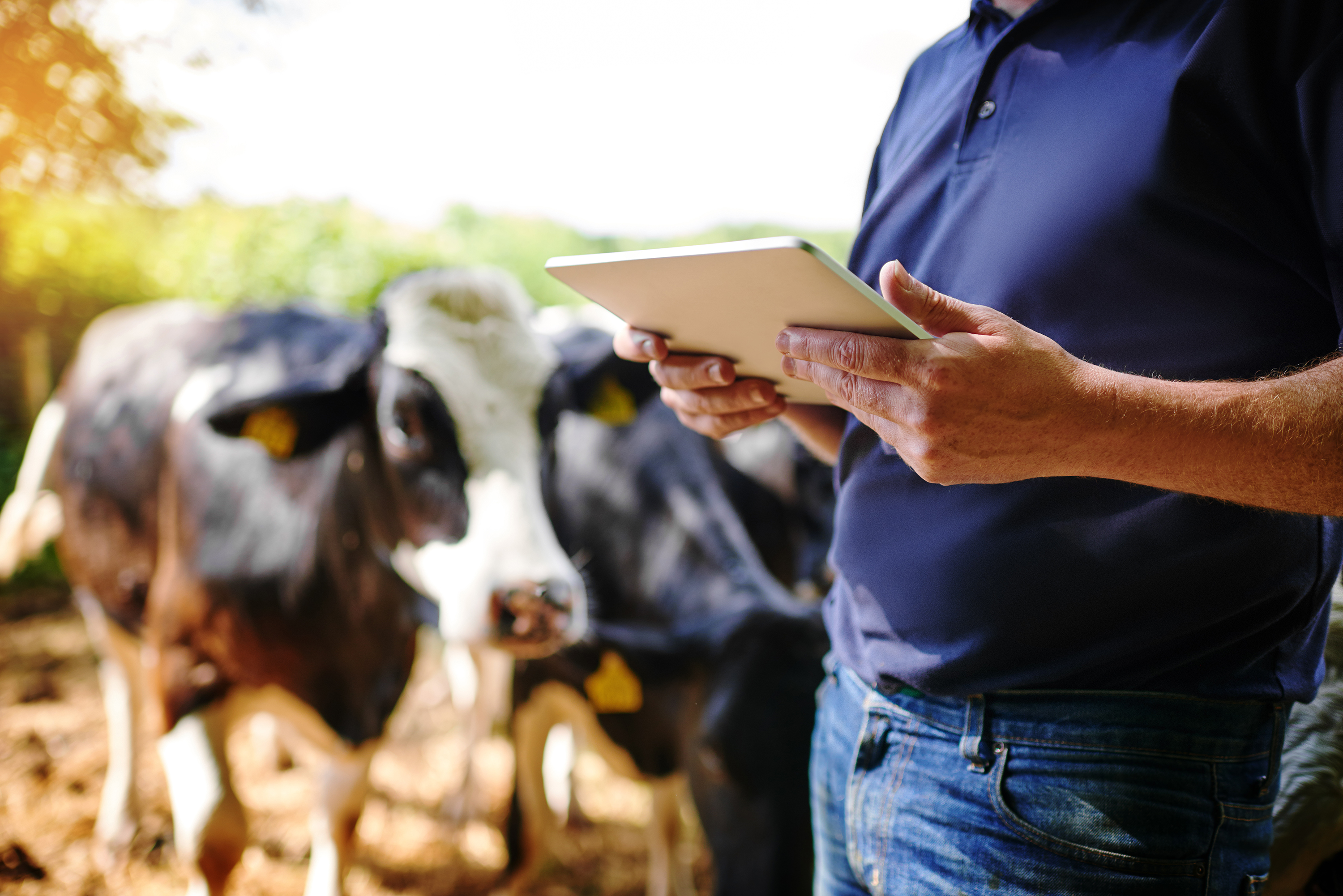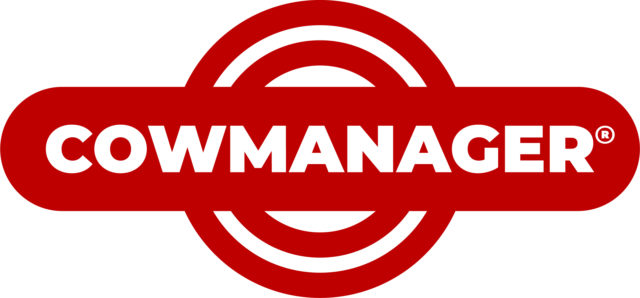I’m obsessed with the podcast The Diary of a CEO with Steven Bartlett. Recently, he aired an episode featuring an interview with financial guru Codie Sanchez, who spoke about the importance of looking at her financials daily. She said, “It’s a non-negotiable for me. By doing this, I can keep a pulse on my business’s health and ensure everything is moving in the right direction. If something seems off, I can catch it early and address it before it becomes a bigger problem.”
The same strategy applies to your farm business, and there’s more than just financial information to sort through. From finances to data derived from the automation on your dairy to nutrition metrics and herd health, etc., there’s a lot to keep track of. You don’t need to be an expert in all areas of your operation, but you do need to bring all the experts to the table.
Enter: profit team meetings.
Some of the most successful automated milking users utilize a profit team via quarterly meetings where they discuss their goals, evaluate their progress and make any pivots necessary to adjust their trajectory toward meeting that goal.
Unfortunately, more often than not, I see profit team meetings happening on larger farms rather than on smaller farms.
Generally speaking, larger farms are more focused on the farm as a business and have the manpower to do so. I believe smaller farms often struggle to find the time or the right people to hold a productive, regularly occurring meeting.
Having the right people and the right personalities at the table is important for a productive meeting. On the farm side, the owner and employees need to place a high priority on the meeting. Things will always pop up when the meeting is supposed to take place – does your dairy push the meeting off or proceed with the scheduled plan? Do the key farm personnel follow up on the discussion at the meeting? This doesn’t have to look like a three-hour meeting with seven people. It can be the owner and an employee with the nutritionist and the consultant for the automation. The key to a successful meeting is stating the goal, evaluating progress and planning actionable follow-up steps that take place before the next meeting.
On the vendor side, you want the right people at the table as well. I’ve seen vendors bring in experts from all over, just to have someone come in, make recommendations and then leave, never to be seen again. Contrary to popular belief, the expert is not the person who has traveled the farthest to be at the meeting. You want key stakeholders at your profit team meeting who are legitimately and/or materially invested in the success of your dairy. They should come to the meeting on their A game, prepared with relevant data from the department they represent.
I’ve been surprised over the years at how often I’ve seen farmowners stick with a vendor who isn’t serving them. One dairyman told me he couldn’t even get a call back from the person he was working with. Remember, you have the power in this situation. It is competitive out there and vendors are vying for your business. If you don’t have a team of people you trust and are happy with, there is someone else eager and willing to serve you better. Don’t shy away from making that seat a coveted position.
Veterinarians, nutritionists, bankers and your genetics vendor are just a few examples of individuals you could have on your profit team. If you use automation, consider adding an expert from your dealer as well. For example, we have a qualified, certified expert in a position titled farm management support. These highly-specialized individuals are trained in all aspects of robotic management – from interpreting data, adjusting settings and evaluating the quality of milking and feeding in the robot to troubleshooting automation. They live and breathe automated milking every single day and are on the cutting edge of the newest advances in technology.
Recently, we had a vendor bring in their automated expert who, without consulting us, made setting adjustments to an automated milking system that were frankly bizarre. Communication prior to making those changes could have gone a long way to ensuring a positive outcome for both the producer and the cows. Your team should all be in contact with each other and understand that they are working toward one goal, even if they’re sitting on opposite sides of the table.
Whether you have 50 cows or 500, you are running a business. You can’t do so successfully without a handle on your metrics. Like the old adage says, “If you can’t measure it, you can’t manage it.” Set yourself up with a team of experts who can help you and are invested in your success. This is your team, full of trusted advisers, there to help you reach your business goals.
A strong profit team can be the key to taking control of your farm’s success, no matter the size. With the right people at the table and a clear plan in place, you’ll be well on your way to achieving your business goals.











